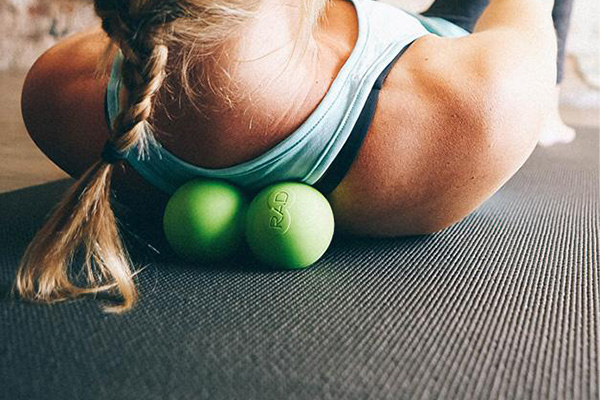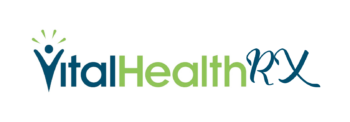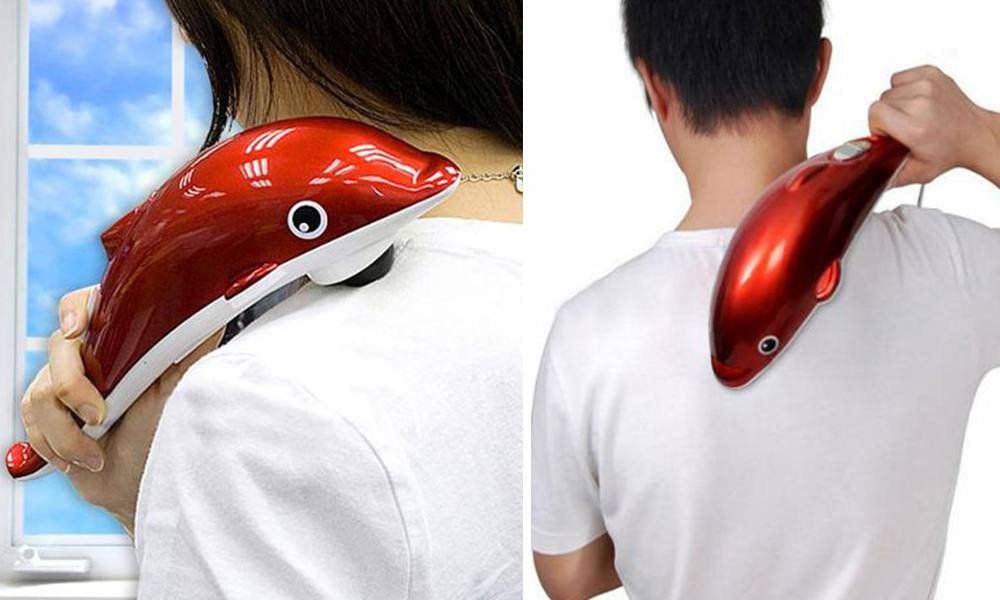Stress and tension are common problems that many people face in their daily lives. Whether it’s due to work, family, or personal issues, stress can cause physical and emotional discomfort. One way to alleviate stress is through massage therapy. While professional massages can be expensive, there are many self-massage tools and techniques that can be done at home. In this article, we will explore the effectiveness of self-massage tools and techniques for at-home relief.
Self-Massage Tools

Self-massage tools are devices that are designed to help individuals massage their own muscles and relieve tension. There are many different types of self-massage tools available, including foam rollers, massage balls, and handheld massagers.
- Foam rollers are long, cylindrical foam tubes that are used to apply pressure to muscles and relieve tightness. They are commonly used for the back, legs, and hips.
- Massage balls are small, firm balls that are used to target specific areas of the body, such as the feet, neck, and shoulders.
- Handheld massagers are electric devices that vibrate or knead the muscles. They are often used for the neck, shoulders, and back.
Self-Massage Techniques
Self-massage techniques are manual methods of massaging the muscles. They can be done with or without the use of self-massage tools. Some of the most effective self-massage techniques include:
- Trigger point release: This technique involves applying pressure to specific trigger points in the muscles to release tension. Trigger points are areas of the muscle that are tight and painful to the touch.
- Deep tissue massage: This technique involves using deep pressure to massage the muscles. It is often used for the back, shoulders, and legs.
- Myofascial release: This technique involves applying sustained pressure to the connective tissue surrounding the muscles to release tension.
- Stretching: This technique involves stretching the muscles to relieve tension and improve flexibility.
Effectiveness of Self-Massage Tools and Techniques

Self-massage tools and techniques have been found to be effective in relieving muscle tension and reducing stress. A study published in the International Journal of Sports Physical Therapy found that foam rolling was effective in reducing muscle soreness and improving range of motion in athletes. Another study published in the Journal of Alternative and Complementary Medicine found that self-massage techniques were effective in reducing stress and anxiety in healthcare workers.
When using self-massage tools and techniques, it is important to follow proper instructions and use them safely. It is also important to listen to your body and avoid any techniques or tools that cause pain or discomfort.
Self-massage tools and techniques are an effective and affordable way to relieve muscle tension and reduce stress. With the use of self-massage tools and techniques, individuals can experience the benefits of massage therapy in the comfort of their own homes. Whether using foam rollers, massage balls, or handheld massagers, or practicing trigger point release, deep tissue massage, myofascial release, or stretching, there are many options available for at-home relief.

